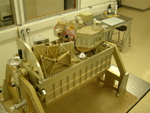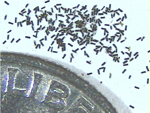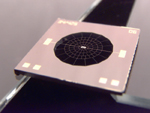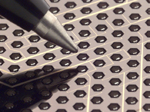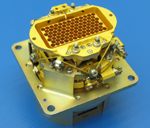









SPIRE has two compononents: A 3-color, 337-pixel mapping photometer and a two-band imaging Fourier Transform Spectrometer for 200 - 670 um. The 300 mK bolometers are composed of silicon nitride micromesh absorbers and germanium thermistors, with a similar design as Bolocam's bolometers. The radiation from the telescope is coupled to the bolometers by a close-packed array of precision-machined feedhorns. The photometer will be used to map thermal emission from dust in molecular clouds in the Milky Way and nearby galaxies. The observations will enable the dust temperature to be measured and the mass of interstellar gas to be estimated. SPIRE will also be used to detect thousands of submillimeter galaxies, high-redshift (z>1) galaxies with extreme luminosities (>1013 solar luminosities) and star formation rates (~103 solar masses per year). The spectrometer will be used to map molecular and atomic line emission in the Milky Way to probe the temperature, density, and kinematics of the gas in the interstellar medium.
http://herschel.jpl.nasa.gov/
http://www.rssd.esa.int/SA-general/Projects/Herschel/
